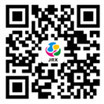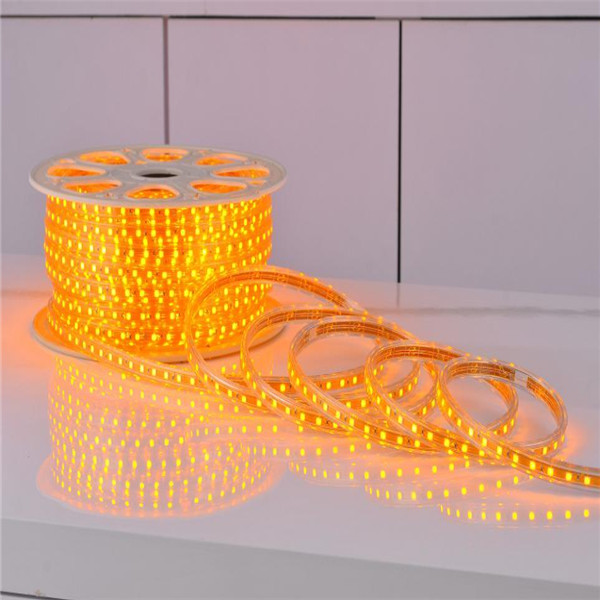 3528 high-pressure lamp with
3528 high-pressure lamp with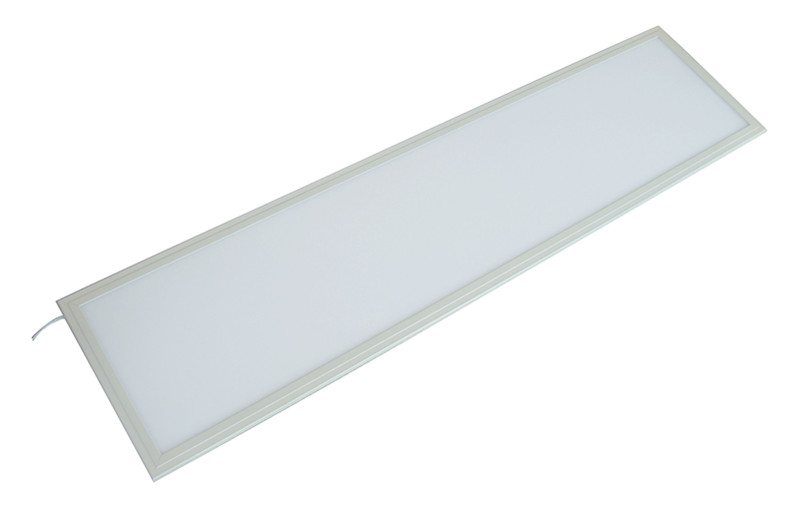 300 * 1200mm Panel Light
300 * 1200mm Panel Light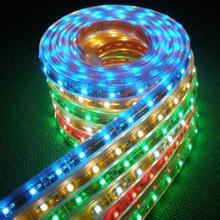 5050 RGB lights with high pressure
5050 RGB lights with high pressure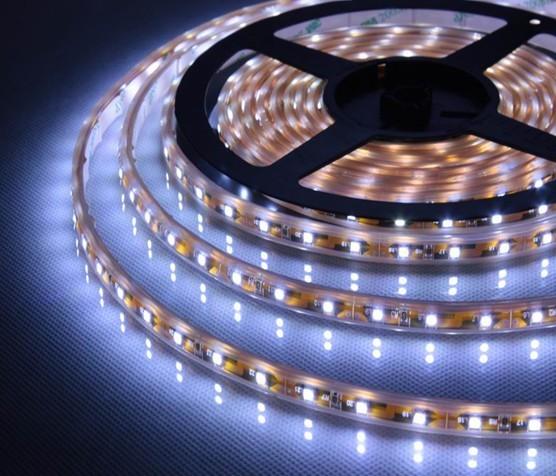 5252 color lights with high pressure
5252 color lights with high pressure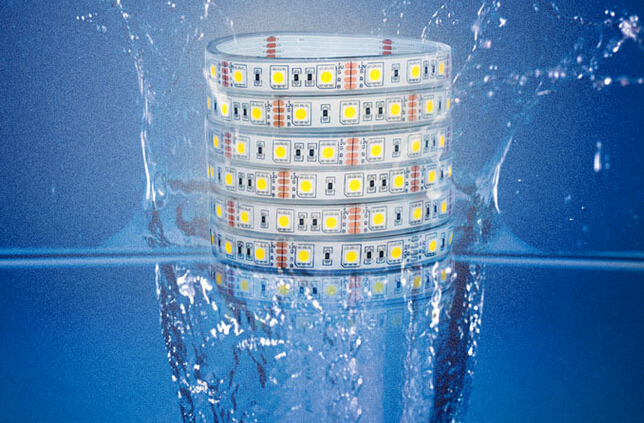 Glue deep waterproof lights
Glue deep waterproof lights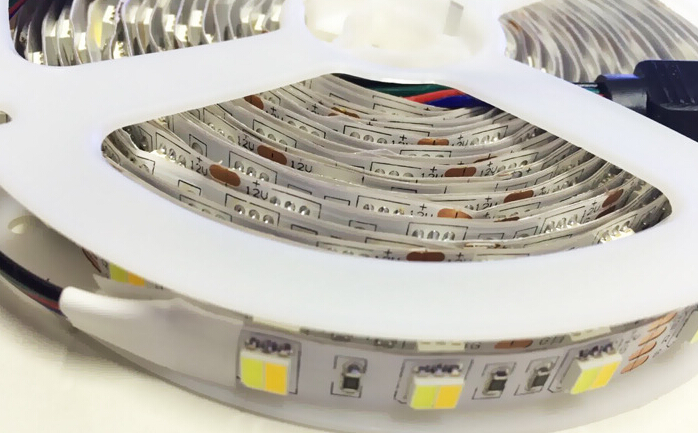 Single-lamp color temperature lights
Single-lamp color temperature lights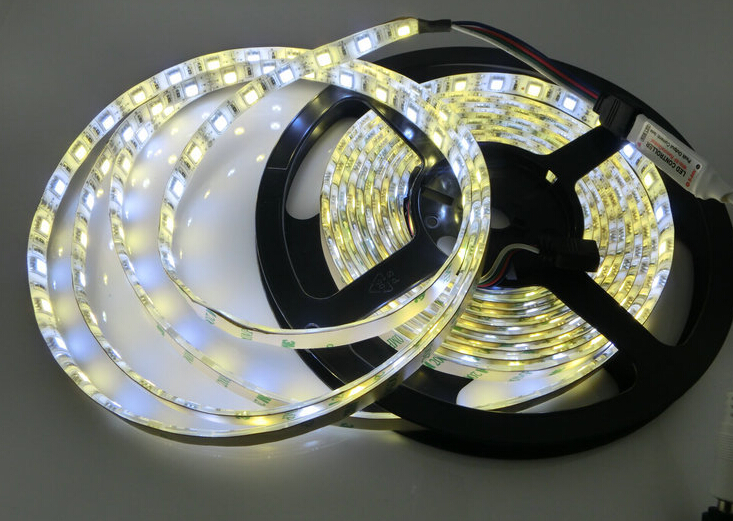 5050 color temperature lights
5050 color temperature lights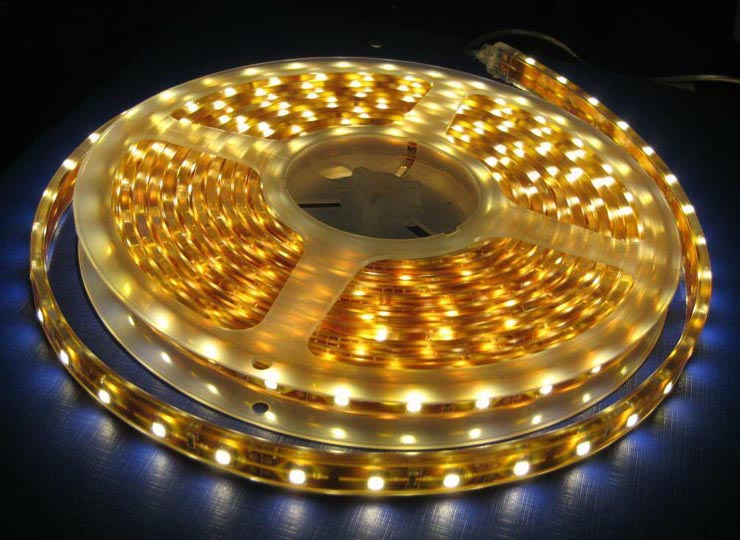 5050 60 lights filling plastic
5050 60 lights filling plastic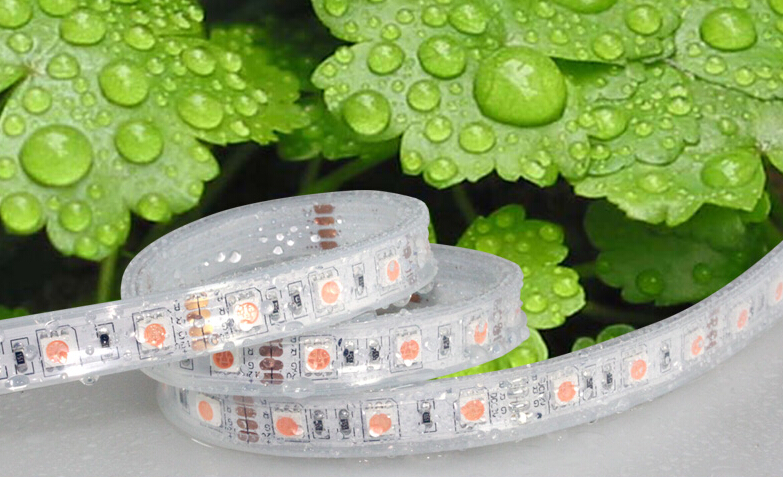 5050 60 lights casing
5050 60 lights casing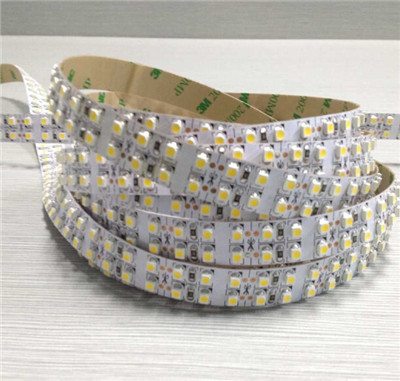 3528 240 Lights
3528 240 Lights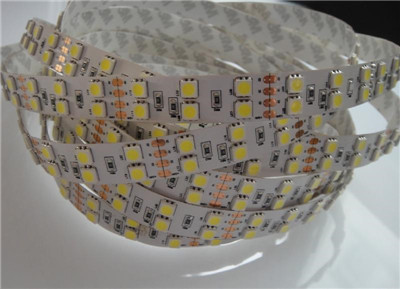 5050120 Lights
5050120 Lights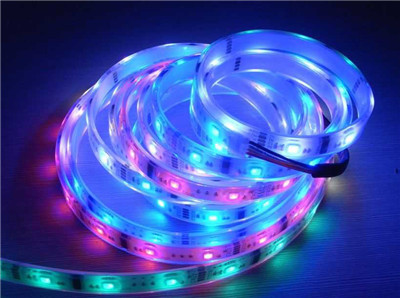 5050 RGB low-voltage lights
5050 RGB low-voltage lights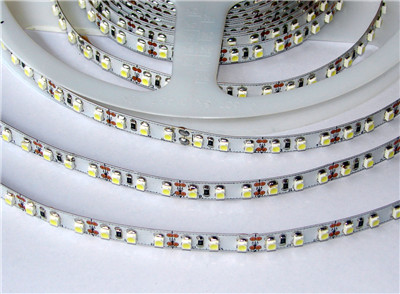 3528120 Lights
3528120 Lights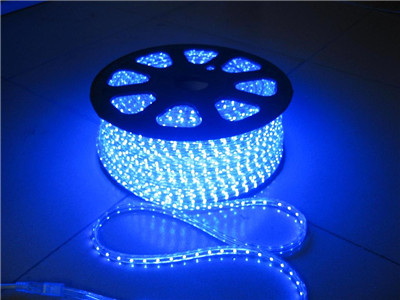 5050 Blu-ray high-voltage lights
5050 Blu-ray high-voltage lights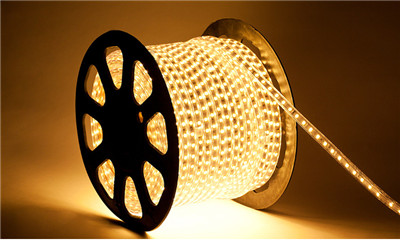 5050 High-voltage lights
5050 High-voltage lights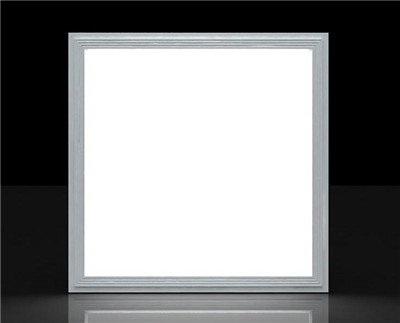 600mm * 600mm panel light
600mm * 600mm panel light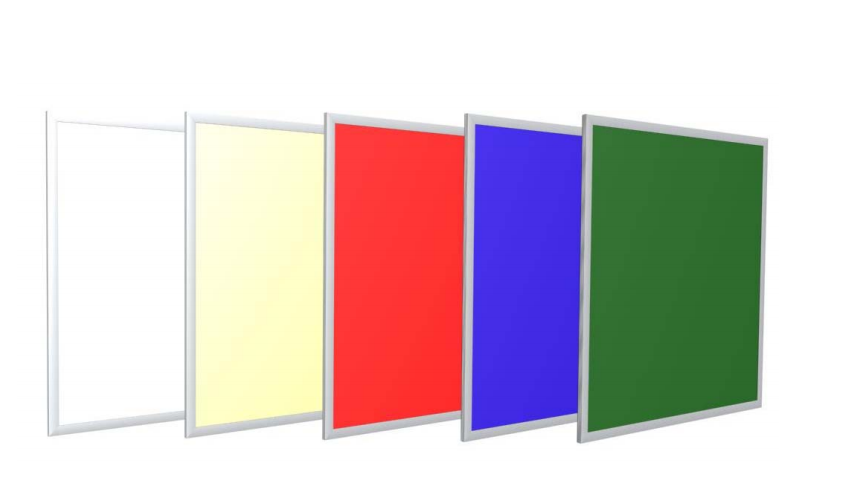 RGB Panel Light
RGB Panel Light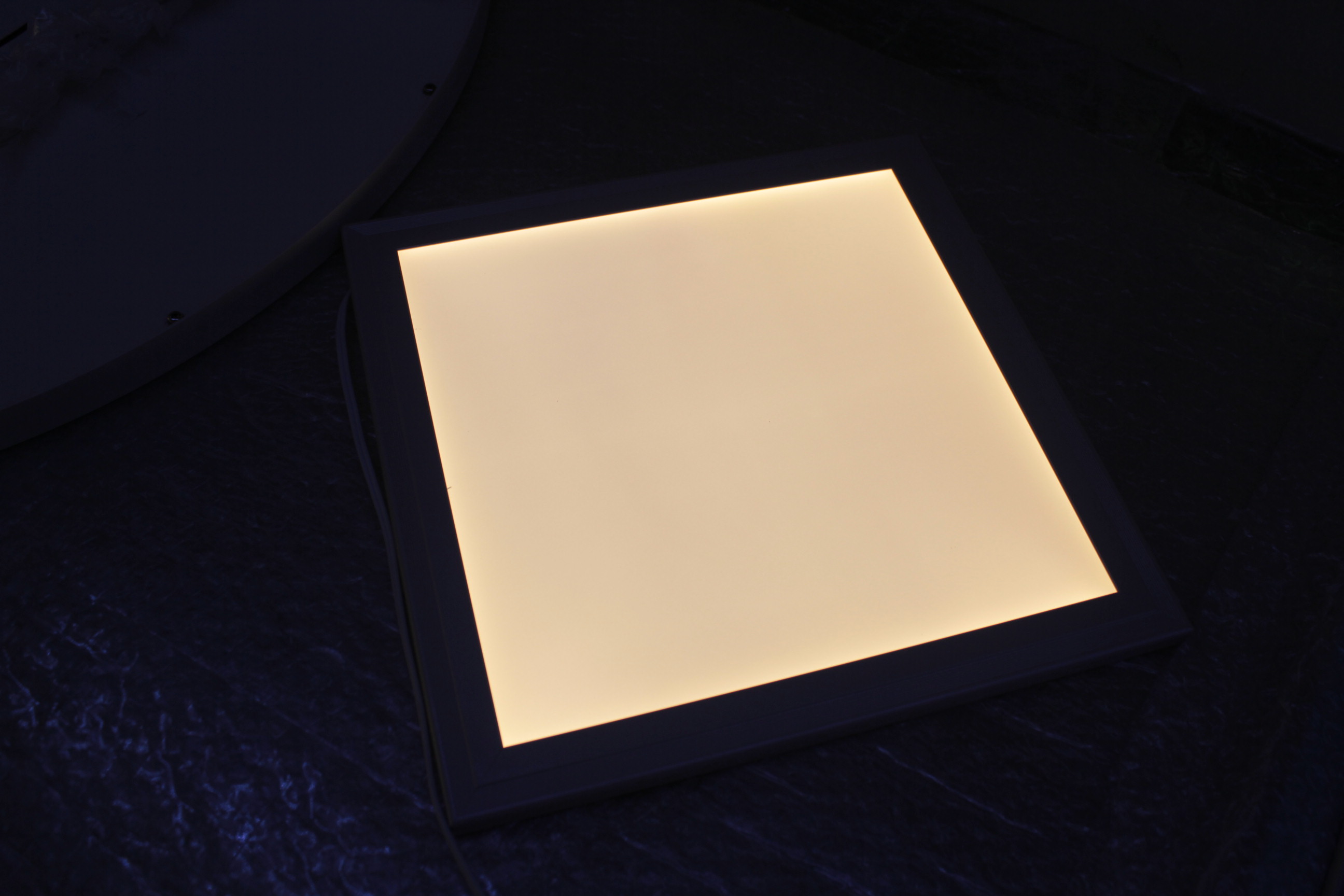 Color temperature adjustment panel light dimmer
Color temperature adjustment panel light dimmer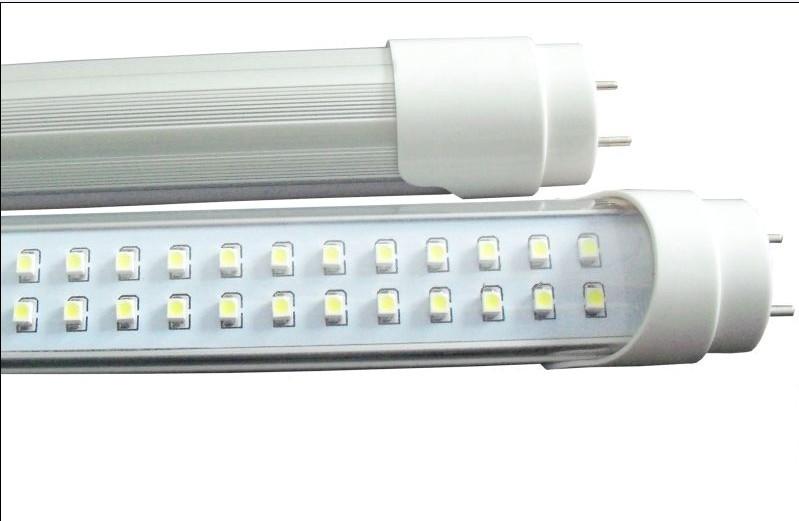 T8 single tube
T8 single tube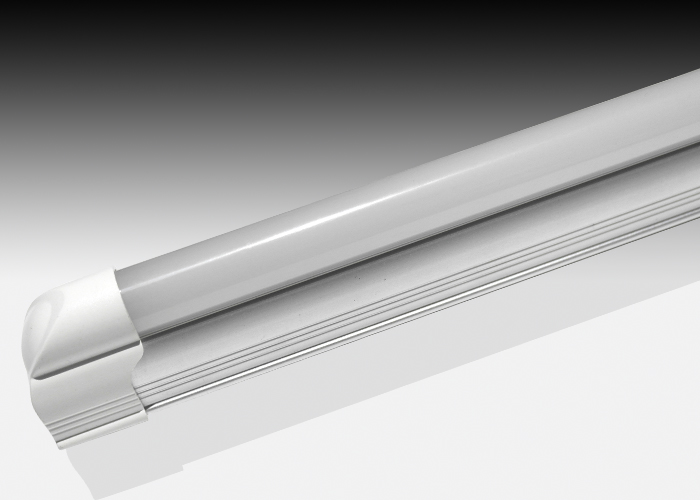 T5 Integration lamp
T5 Integration lamp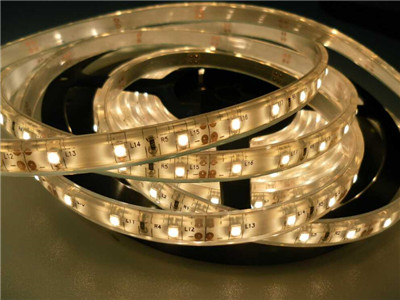 SMD5050 Epoxy lights
SMD5050 Epoxy lights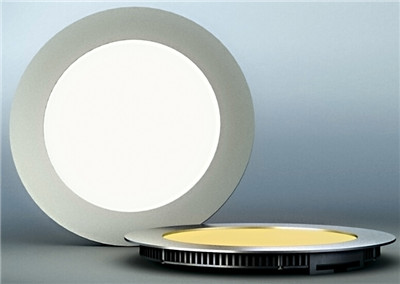 240 mm* 16mm Round panel lights
240 mm* 16mm Round panel lights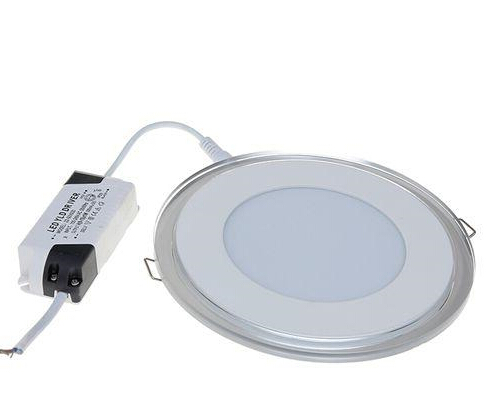 Round color panel lights
Round color panel lights
What does it mean LED
Usually we say the word LED What does that mean? LED (Light Emitting Diode, LED) is referred to as the light-emitting diodes, also known as light-emitting diode, it is a solid state semiconductor devices, which can be converted directly into electricity to light. Since the development of semiconductor components such as a general indicator, a display panel, but as technology increases, has been able to use as a light source, which not only can efficiently convert electrical energy into light energy directly, and have the most up to tens of thousands of hours ~ 100,000 hours of life, but have not as conventional bulbs fragile, and can power, in addition to environmental mercury-free, small size, can be used in low-temperature environment, a directional light source, resulting in less light pollution and rich color gamut and so on.
With the import of white LED and the emergence of more technology, currently in household appliances and laptop lights, Anti fog lights, indoor lighting, lighting equipment and burgeoning, LED is more and more common.
LED's invention
In 1955, RCA (Radio Corporation of America) of Rubin Braunstein found a gallium arsenide infrared emitting effect (GaAs) and other semiconductor alloys, and in 1962 the US General Electric Company (GE) of the Nick Holonyak Jr developed visible LEDLED. However, LED really took off in the 1990s, the emergence of white LED, began gradually being taken seriously, and the application of surface and wider.
LED light-emitting principle
So what LED works is it? LED is a way to convert electrical energy into light energy of electronic parts, and also have the characteristics of diode, which is a negative with a positive, LED most special places that only emit light from the cathode is energized, it is generally given When DC, LED will emit light stably, but if connected to AC power, LED will show flashing patterns, shiny frequency according to the input AC frequency. LED light-emitting principle is the applied voltage, so that electrons and holes combine in the semiconductor after the release of energy in the form of light. Currently the global industry to develop different kinds of LED can emit light of different wavelengths from the infrared to the blue between, and the industry also has purple ~ UV LED, in recent years, the development of the most attractive LED is coated with fluorescent powder blue LED , blue light into white light white LED products. LED light source is known as the new century, with the feature point because the LED light source and solid-state light source, it is possible to save energy, high shock, long life, small size, fast response, and color saturation.
LED color classification:
Because of manufacturing materials with different LED, arising out of the energy of the photon has also different, so the industry through the manufacturing materials to control the LED light emission wavelength and, thus, have a variety of different spectral color LED.
Materials used in the world's first LED is arsenic (As) of gallium (Ga), operating voltage of 1.424V, the light it emitted infrared spectrum. After that, the industry developed a phosphorus (P) of gallium (Ga) as the LED material, the working voltage of 2.261V, the light emitted from the green light. Early industry on through these two kinds of patterns LED materials required for the deployment of all wavelengths from infrared to green light within the range of LED products, the development of a common red LED, yellow LED, orange light LED, etc., which 3 categories LED because of the use of gallium, arsenic, phosphorus three elements, it is called a three-element LED, and blue LED, green LED and infrared LED light is called a two-element LED. Later, the industry developed a 4-element LED hybrid aluminum (Al), calcium (Ca), indium (In) and nitrogen (N) 4 elements, you can send all the visible range and part of the ultraviolet spectrum of light.
LED brightness:
In the discussion of LED products will look emission luminance There are three units, namely, the illumination unit lux (Lux), the amount of light unit lumen (Lumen; lm), luminous intensity units candlelight (Candle power; CD), 3 kinds of units each of which has adapted used in the field, but in value is interconnected.
1 CD represents the object completely radiation in platinum freezing point temperature, every sixtieth square centimeter area of luminous intensity. Suitable for use in the field of active light lamps, such as incandescent light bulbs.
1 lm represents 1 CD irradiation at a distance of 1 cm, an area of 1 square centimeter the amount of light on the plane. Suitable for use in lamps and reflector lamps to penetrate areas such as the projector.
1 Lux refers to 1 Lm represents the amount of light evenly distributed illuminance on a 1 square meter area. Suitable for use in the field of photography.
In general, a single LED luminous intensity to CD as a unit, and coupled with perspective parameters, and LED luminous intensity from several mCD you to 5,000mCD range. Flag LED manufacturers in a single product, the luminous intensity LED lights up when the specification is to say at 20mA current, the maximum point of luminous intensity luminous intensity and the best perspective on the center position.
LED energy efficiency
Based on environmental protection and energy conservation demands of the position, governments around the world pay attention to LED and energy-saving lamps, the economic and energy efficiency, and manufacturers are optimistic about business opportunities in the lighting revolution and have invested. In addition to the EU and the US Congress to conduct periodic ban incandescent bulbs use, there are already 2010 Canada announced a total ban incandescent bulbs, but some states, including California, have to ban incandescent light bulb in 2012, while Australia announced in 2010 to sell a total ban incandescent bulbs, China, Japan also has LED's incentive program in the plan.
Although the market has another energy-saving lighting products, energy-efficient fluorescent lamps (CFL), but because of its lighting quality is still not enough, start-up time than the average incandescent bulb length, and can not adjust the brightness of light output, popularity is still not enough high. LED will have more energy efficiency, and by improvement in technology, the brightness has reached satisfactory level, but the high price is a big problem in the future as the global LED manufacturers to accelerate the pace of mass production, lower prices may accelerate after popularity of LED lamps.
LED life:
General LED luminous life is very long, the products are mostly marked as 100,000 hours, but in fact the LED brightness will decay after use for some time, the brightness will decline had picked up half or even less. Many but fortunately with the progress of industry technology, reducing LED brightness decay problem. In the production process, such as the 4 elements LEC material selection can have longer-brightness decay cycle, and LED technology and finished product manufacturers to use what can be durable and long have a great relationship, color LED factory production is the key.
LED life, than the average 1,000 hours of incandescent light bulbs, fluorescent light fixtures of 10,000 hours, LED life of up to 50,000 hours, significantly reducing lamp replacement costs. This feature helps LED lamps to compete on price, with a LED bulb will replace the general good reason, but also by the advantages, so many of the original due to economic considerations and the environment can not be open all day, with LED lighting Let public or private workplace safer. For example, public parking, refrigerator and so on applications, the largest US retailer Wal-Mart (Wal-Mart), recently has been the company's shift to energy efficient refrigeration equipment LED products.
LED obvious drawback is the heat problem, improper heat will cause the LED lamp brightness and lifetime decay, but fortunately this part by new technologies blessing, gradually has also been significantly improved.
LED applications:
In addition to our well-known variety of electronic products outside the above LED lights, LED screen, LED lighting, LED backlight LCD screen used on the phone keypad LED backlight, the new generation of OLED screens, PLED screen, and so on a wide range of about LED application development is gradually stabilized, some areas of LED application because the market mature, popularity began to accelerate, but also virtually create amazing opportunities.
Current high brightness white LED light source, the current United States and Europe is the focus of research and development of LED manufacturers competing, estimated to after 2011, LED will be massive popularity in the general lighting market. Although the scale of production in Asia in 2006 high brightness accounted for 76% of global market share, but the white LED light source patent for Japan's Nichia (Nichia) and TG, as well as the United States, Europe, Philips Lumileds Cree and Osram mastered five plants; Although there is no standard modules midstream, but still international companies including National, Laminar, Osram, Lumiled, Vishay dominated; the United States and Japan have begun to actively develop lighting applications and energy appliance safety standards.
LED largest application stage is the backlight of the phone keys, electronic exhibits lights, billboards and recently applied in a large LED screen, as well as applications in backlight LCD screen is also more and more attention, LED's increasingly widespread application surface. Estimated in the second half of 2007 we could see more LED products available, while in 2008 LED lighting products can be further reduced to the extent of the underground part of consumers to accept, the future development of end to see governments actively use LED to public utilities Speed is expected to accelerate the decline in LED prices, when the extent of consumer adoption also increased, economic and energy efficiency will produce very impressive.
LED global market development:
In 2005, the global high-brightness LED market reached $ 5.8 billion in 2006 to $ 6.6 billion, estimated in 2011 to increase to $ 10.6 billion, an average annual growth rate (AAGR) of 10.2%. High Brightness LED shipments in 2005 reached 4.8 billion, dollars to 6.5 billion in 2006, estimated to reach 8.8 billion in 2011, an average annual growth rate of 10.3%. 2005 LED substrate material over one billion US dollars in sales in 2006 reached $ 1.1 billion, $ 1.8 billion estimated in 2011, with an average annual growth rate of 9.7%.
Taiwan in 2006, LED lighting photoelectric output of NT $ 21 billion in 2010 will increase to 93 billion yuan, in 2015 can reach 540 billion yuan. In the upstream portion of the light source, Taiwan production of the world's first, the 2006 High-Brightness LED production value of NT-free mobile phone applications up to 15 billion yuan. Upstream Taiwan LED lighting industry in the world and an important position, because in the red, green LED technology in a leading position. Taiwan's production of downstream applications, lighting good quality, price and global access is an advantage. Taiwan manufacturers in the liquid crystal panel (LCD) backlight module global market share of 48%, the Taiwan companies to cut into the development of LED backlight is also an advantage, and automotive LED products is also considered one of the key projects.
Estimated 2007 LED will be progressively substituting existing incandescent, fluorescent lamps 2011 to gradually replace. EU to phase out incandescent bulbs since 2007, Australia declared a total ban from 2010 onwards incandescent bulbs, so the LED market prospects are very worth the wait. The next five years the market or use should be based on LED backlight display of billboards, automotive and general lighting for the main market.


